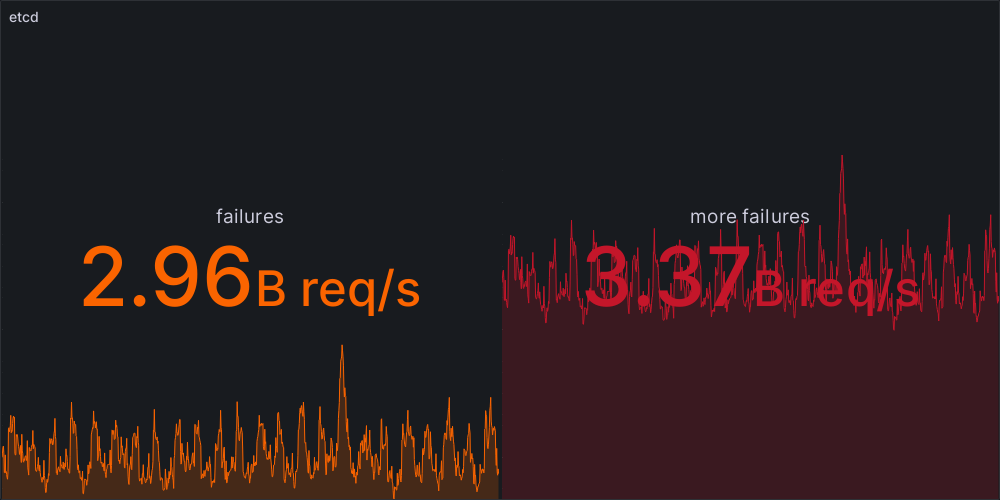This blog takes a log of the current state and the future of confidential computing and how it will change our perception of secure computing. Executive summary As like the opening image, companies rightfully guard their secrets like a 3 headed dog. Especially when it comes to implementing regulatory requirements. They not only fear the […]










